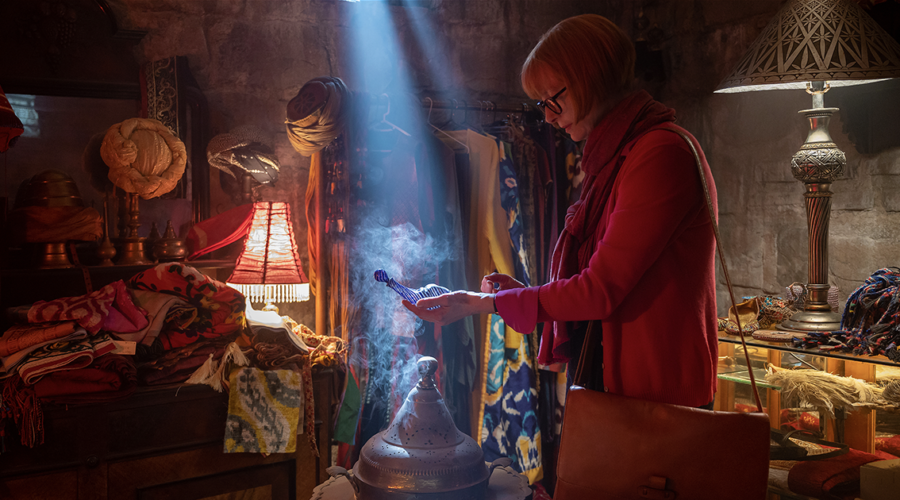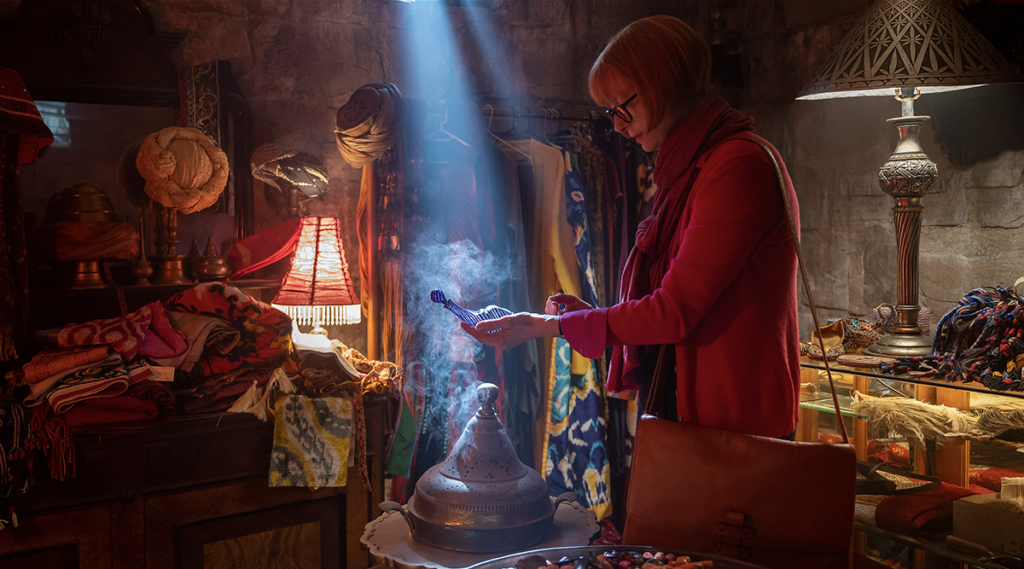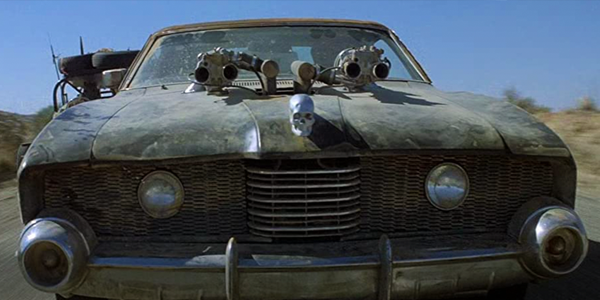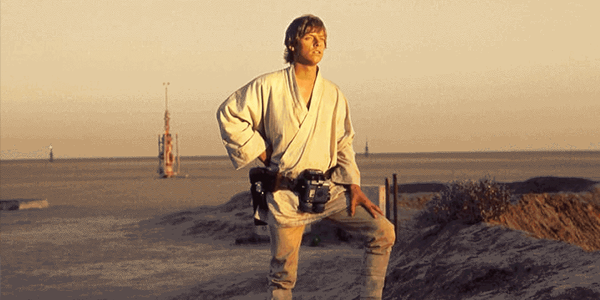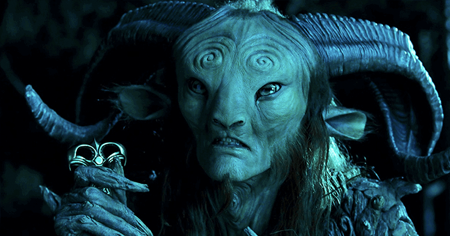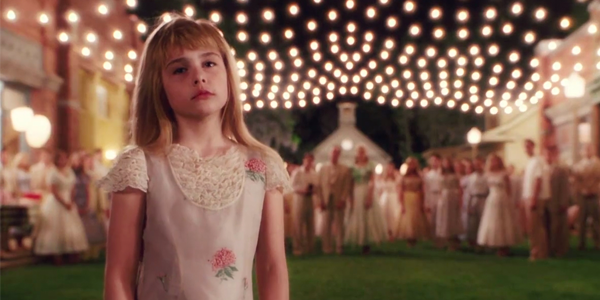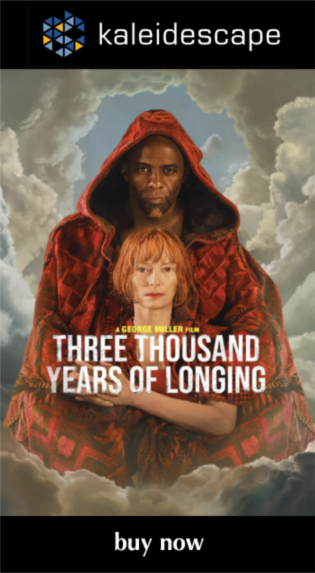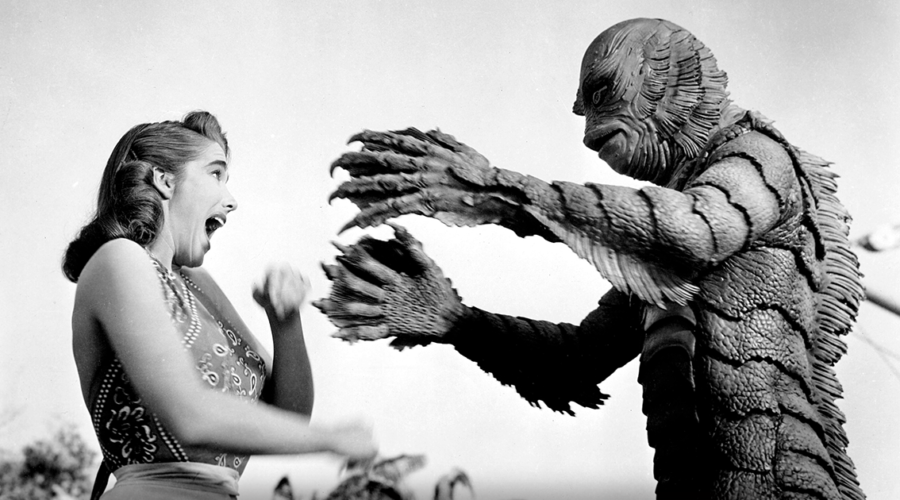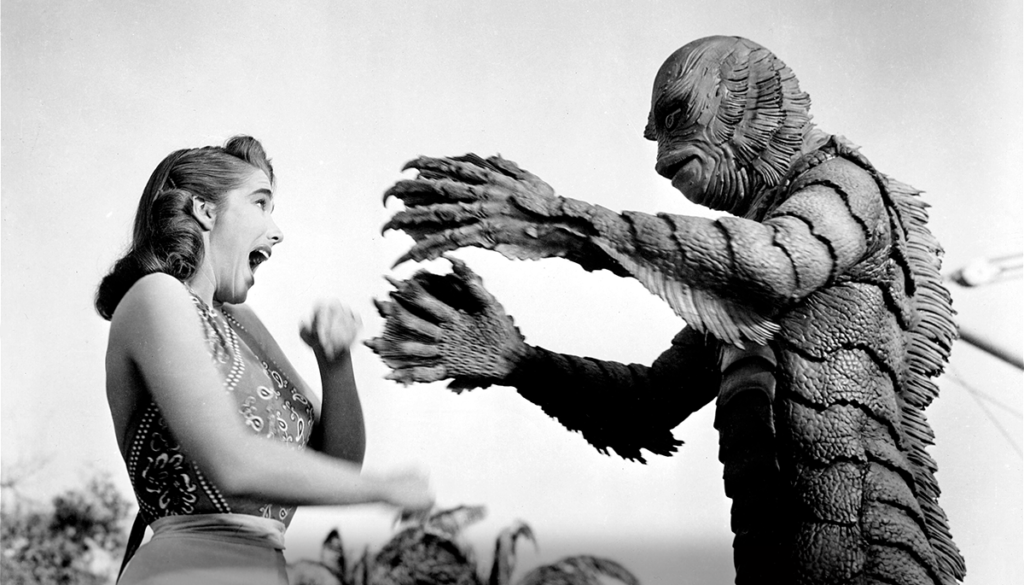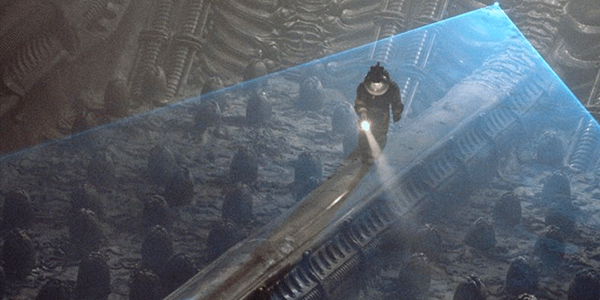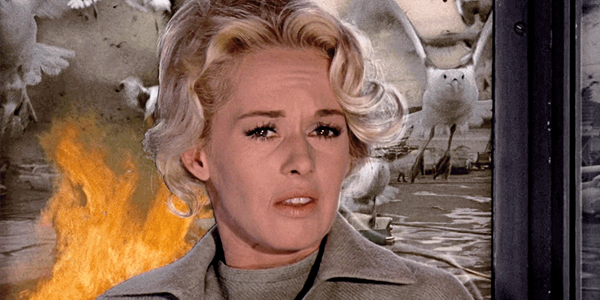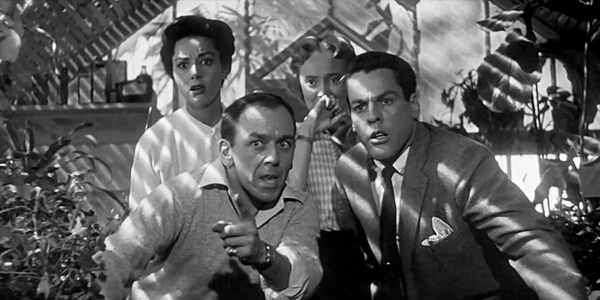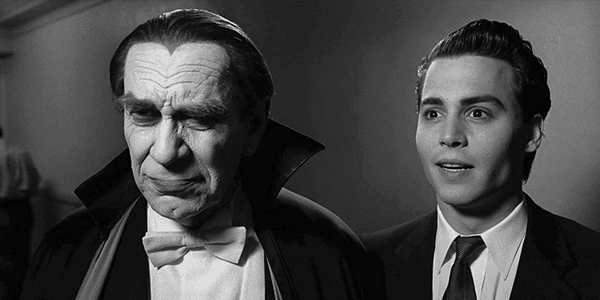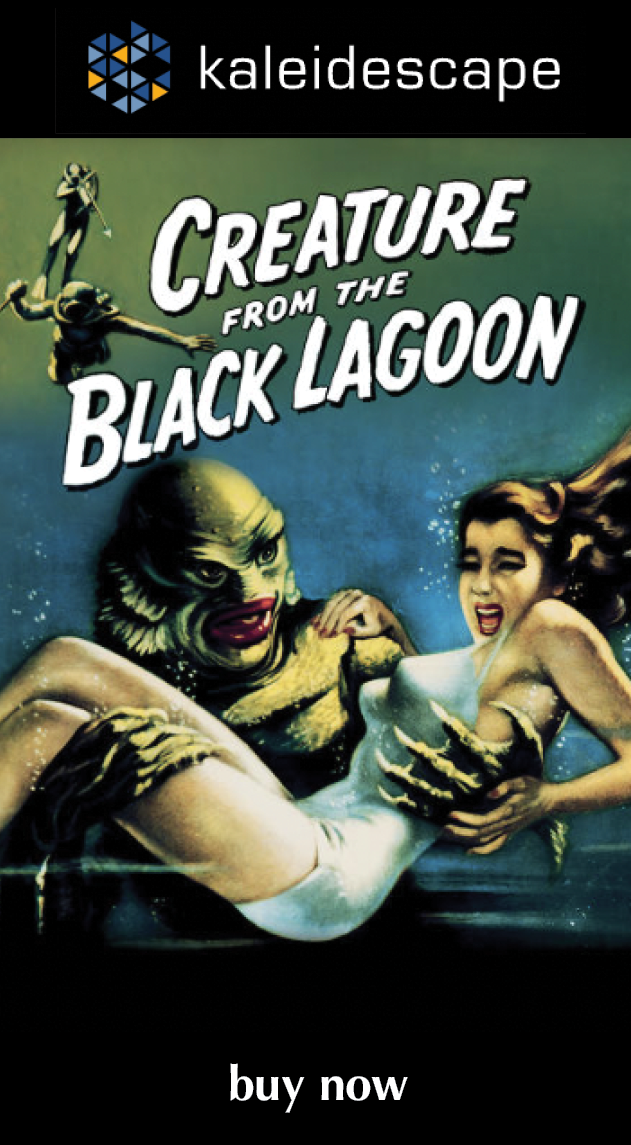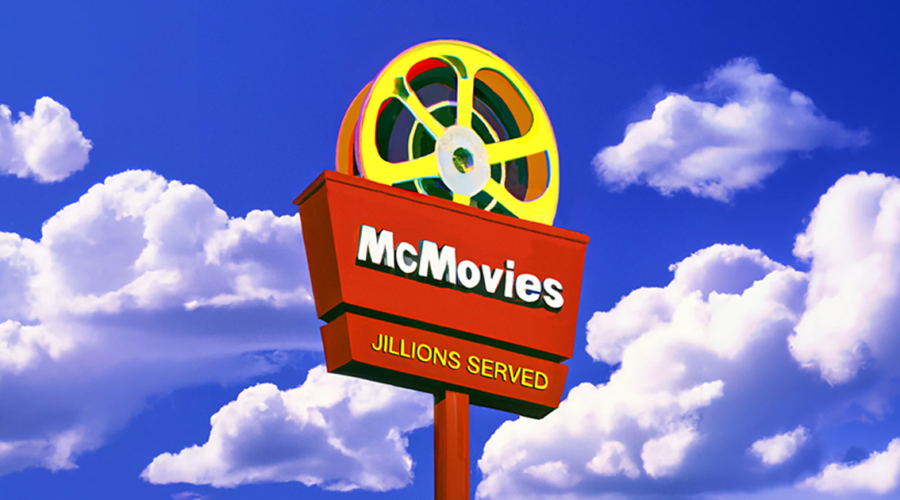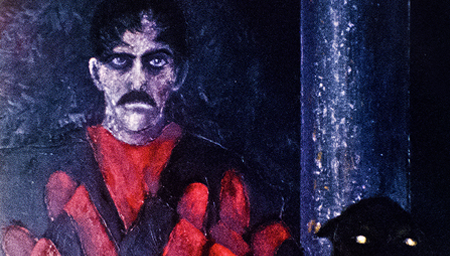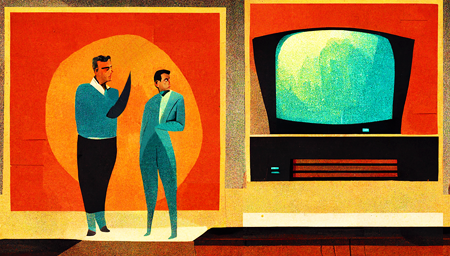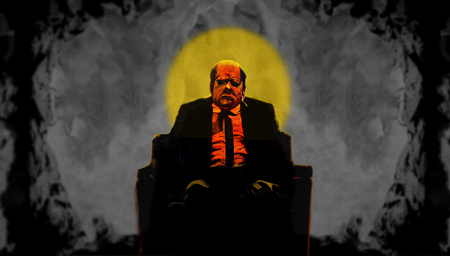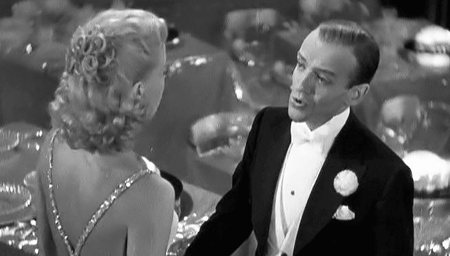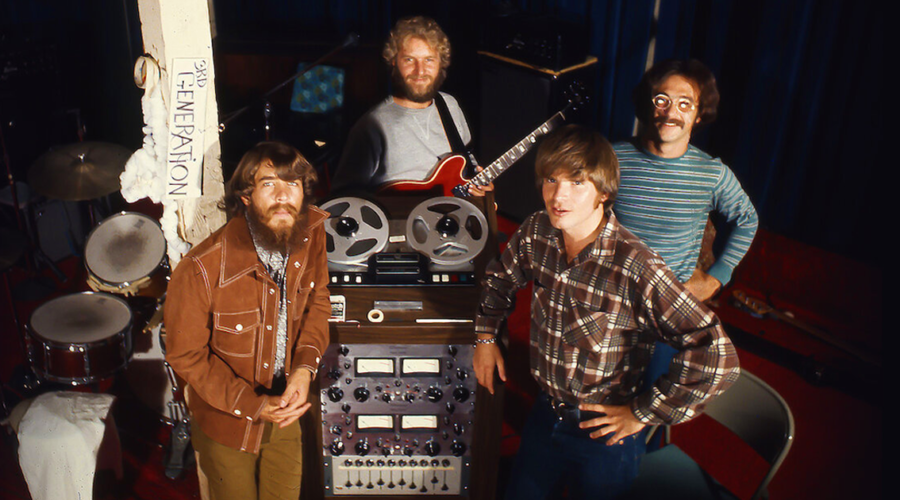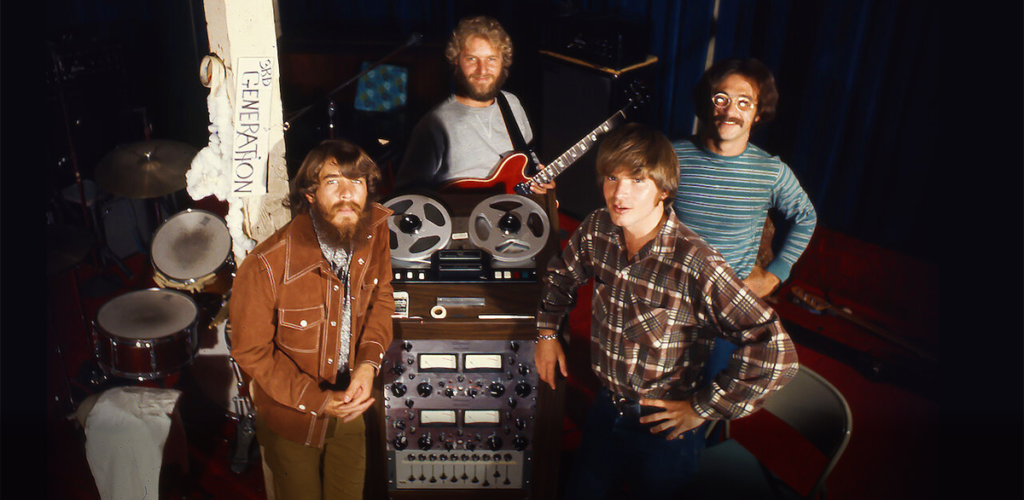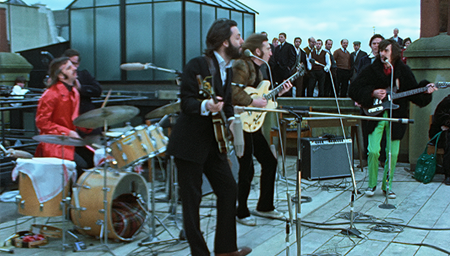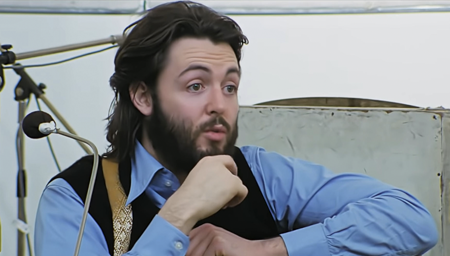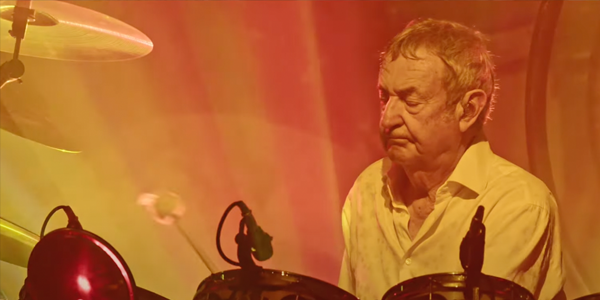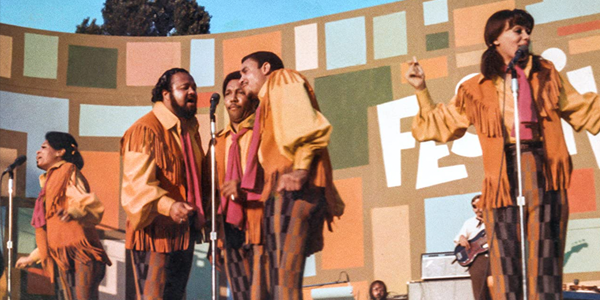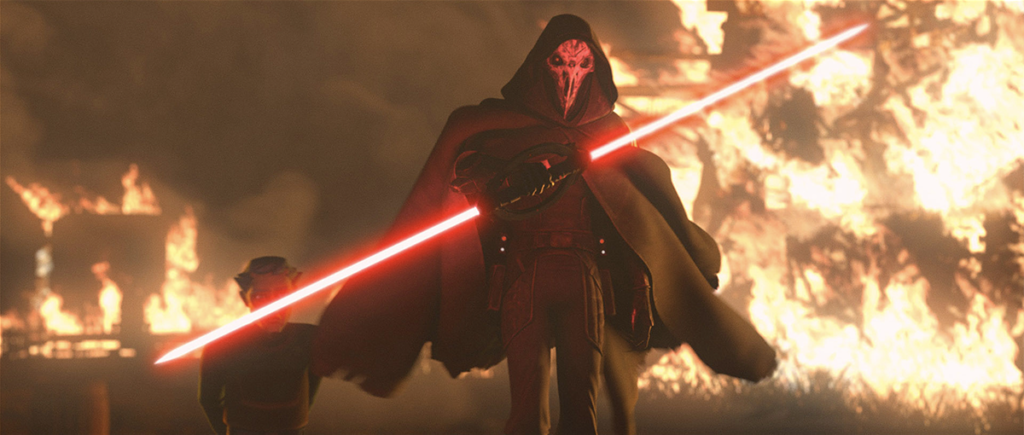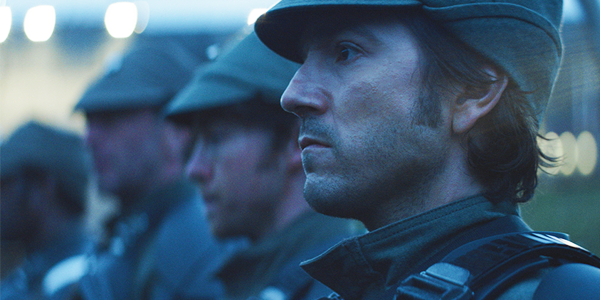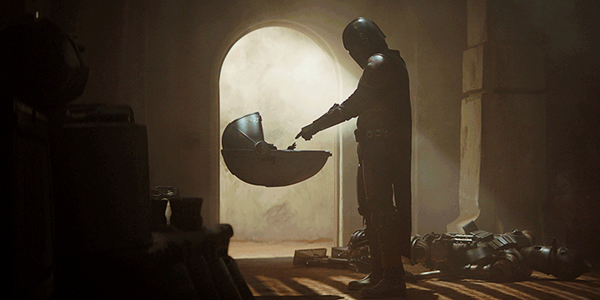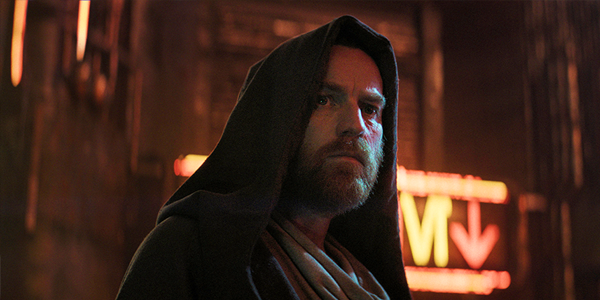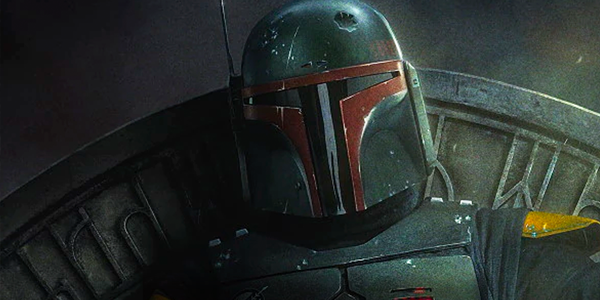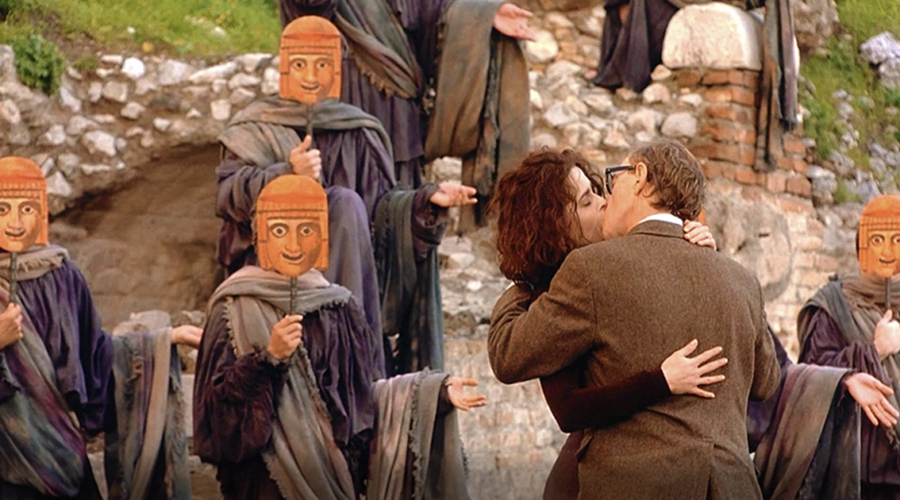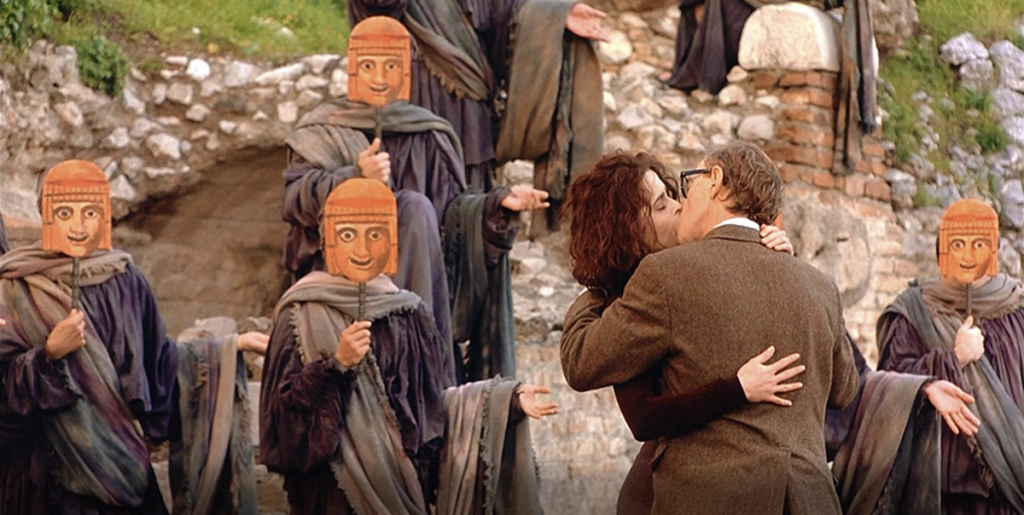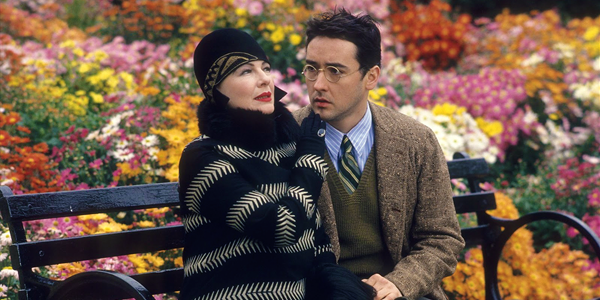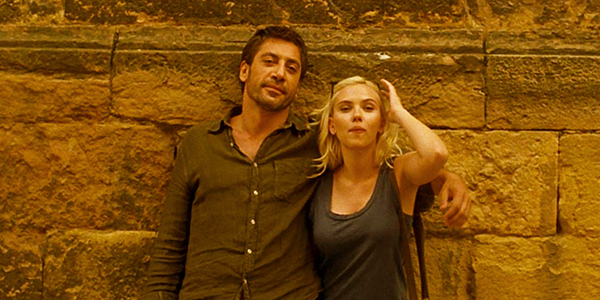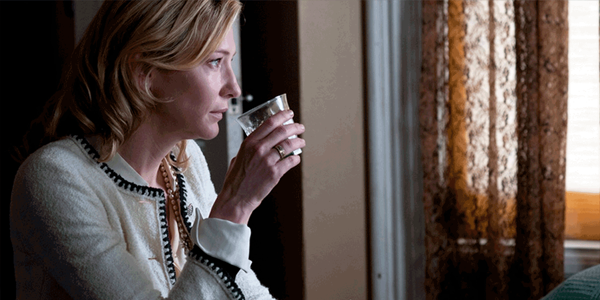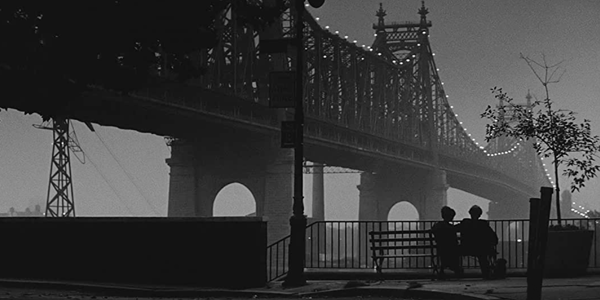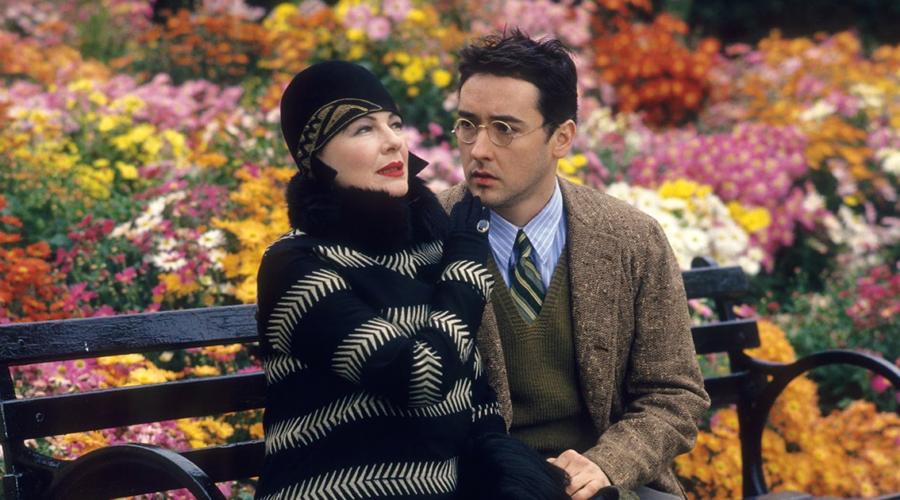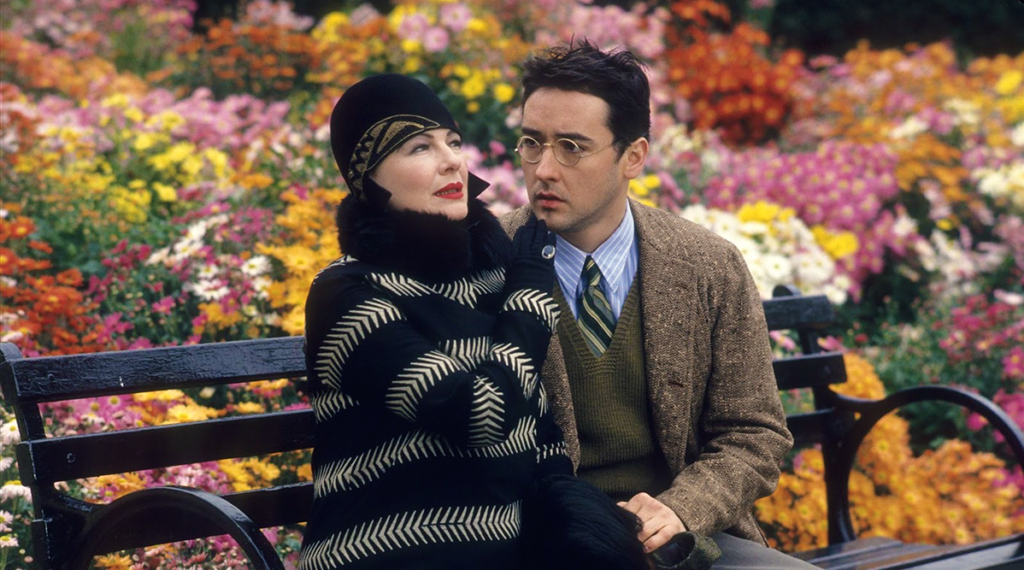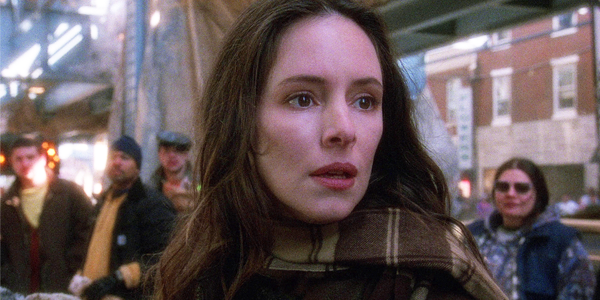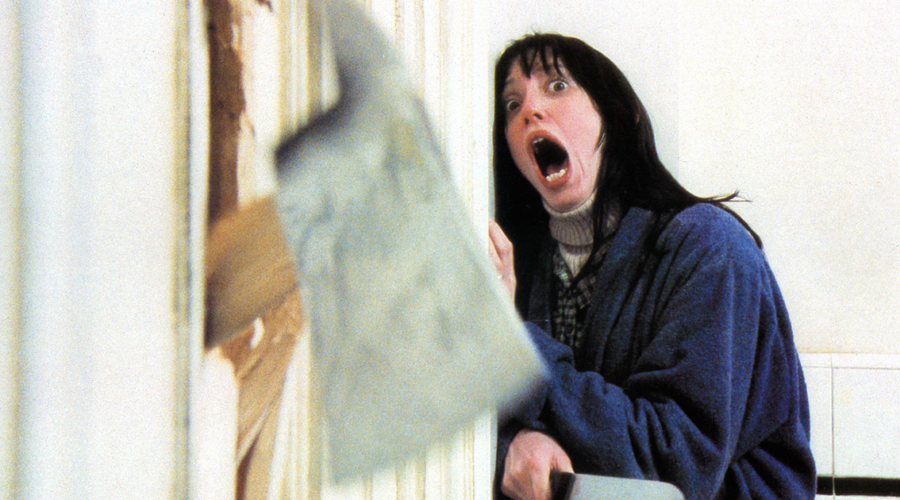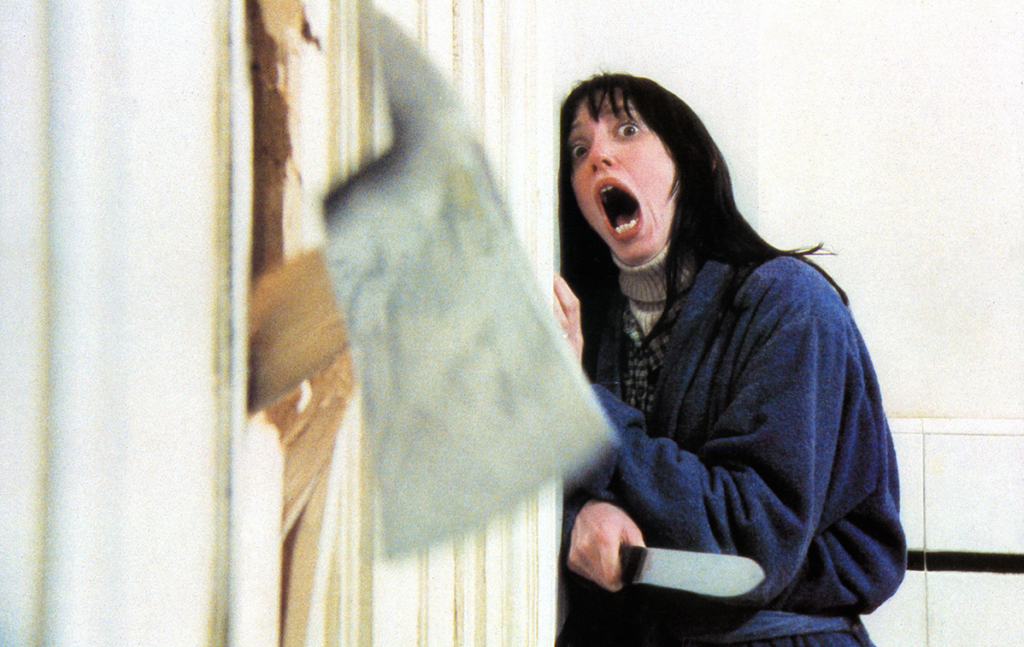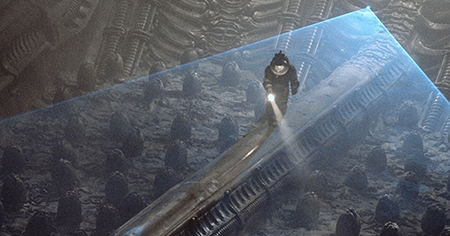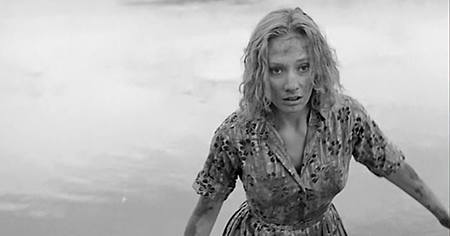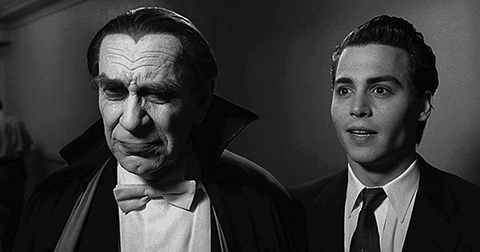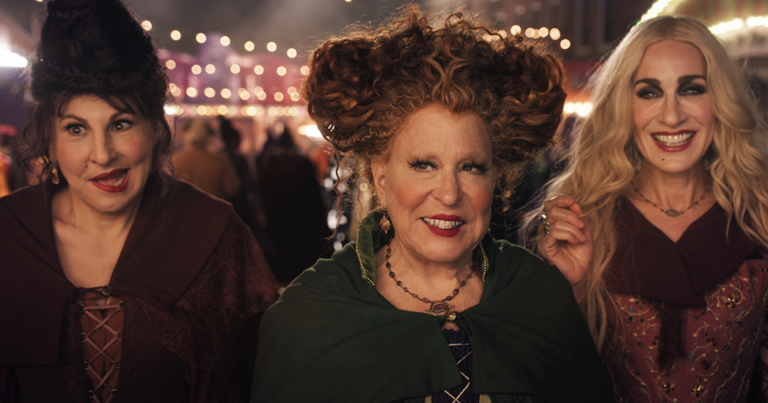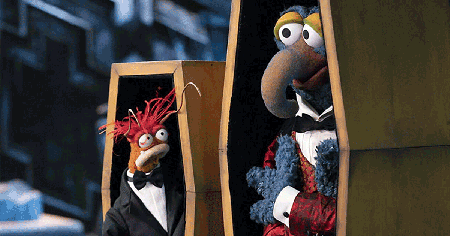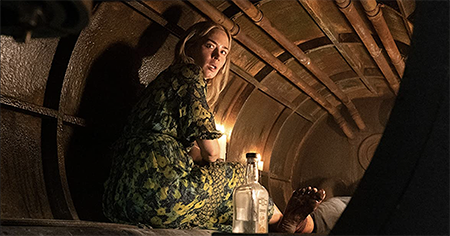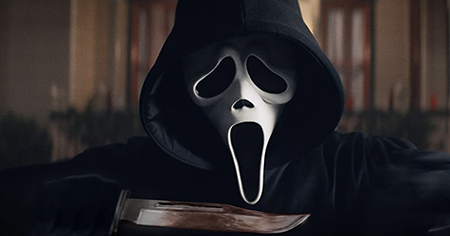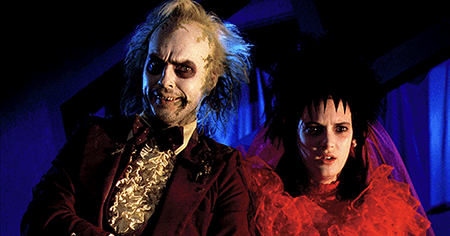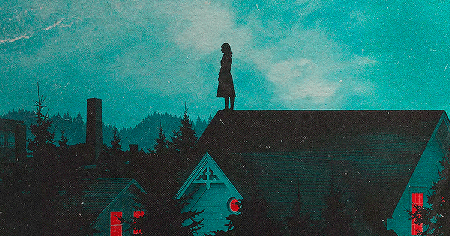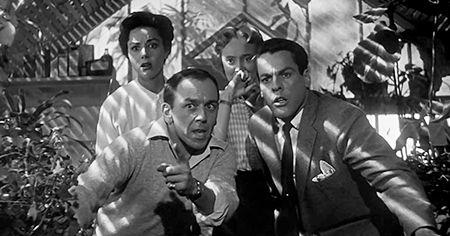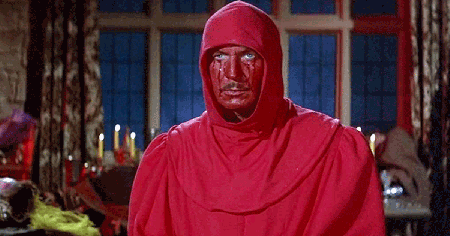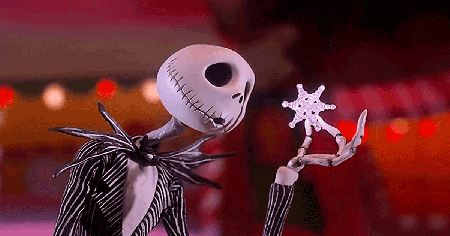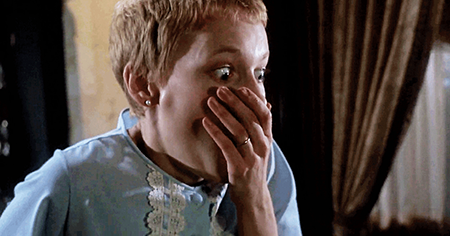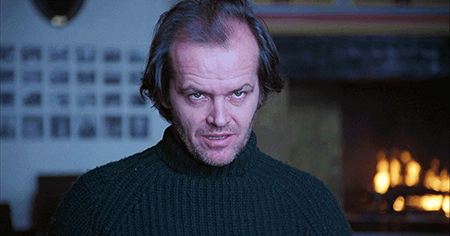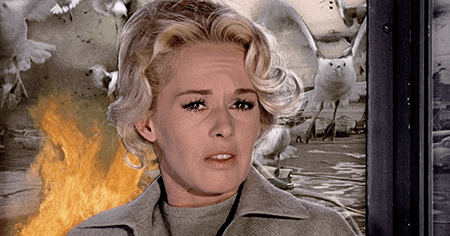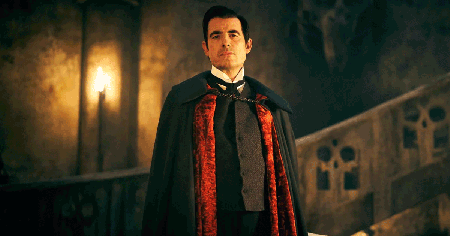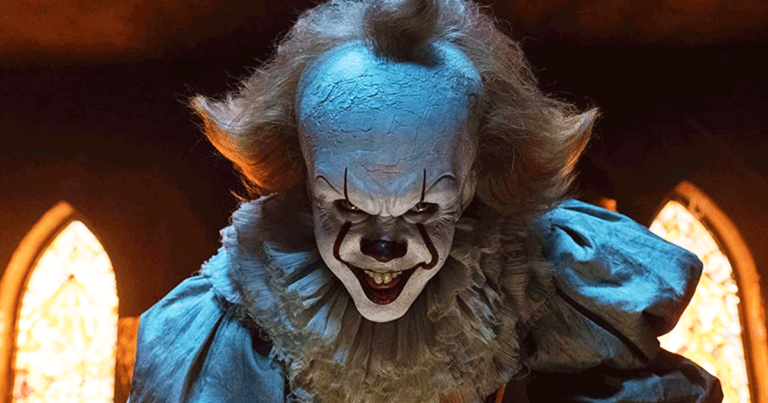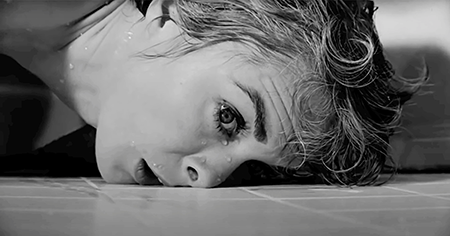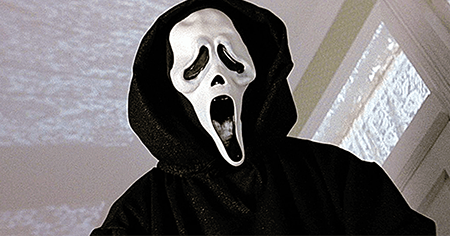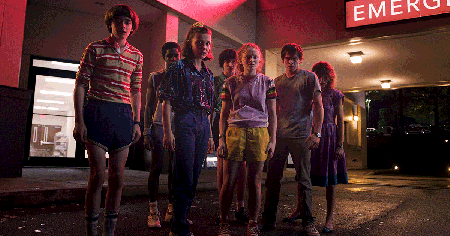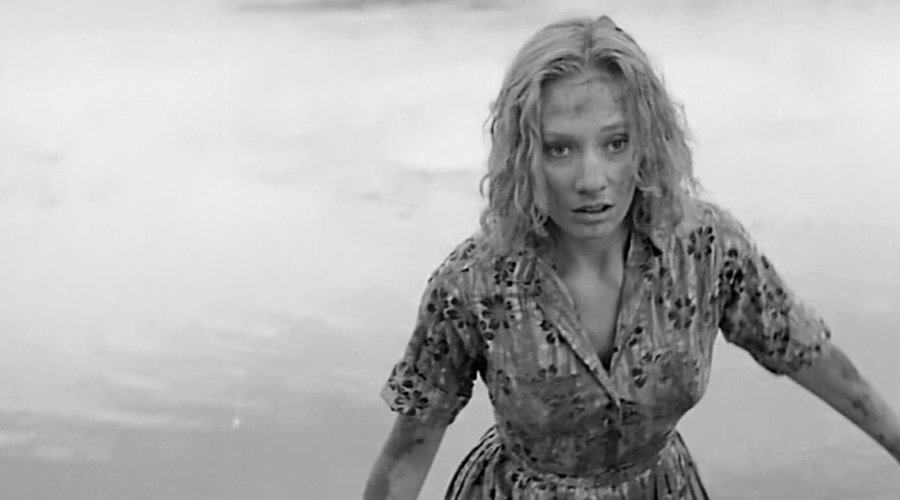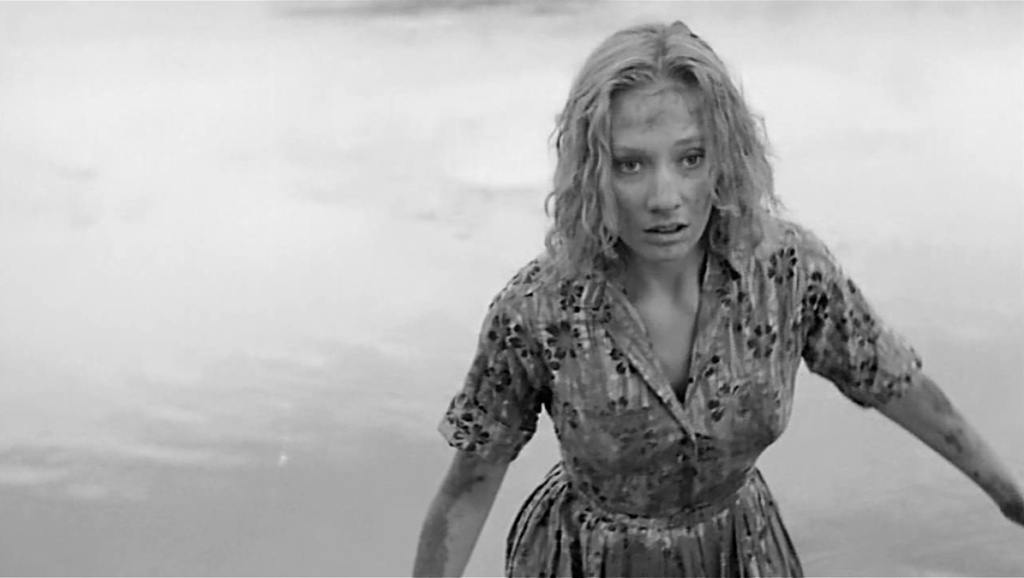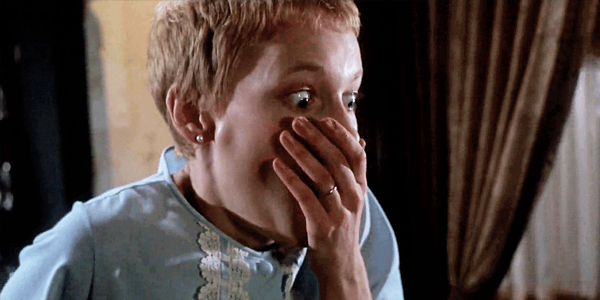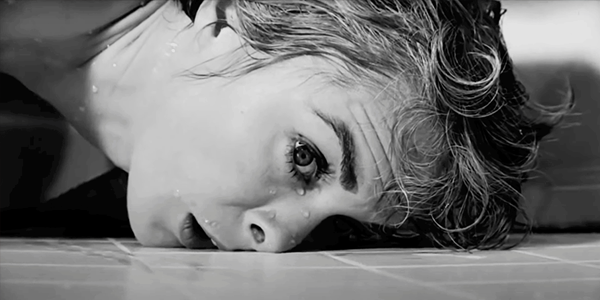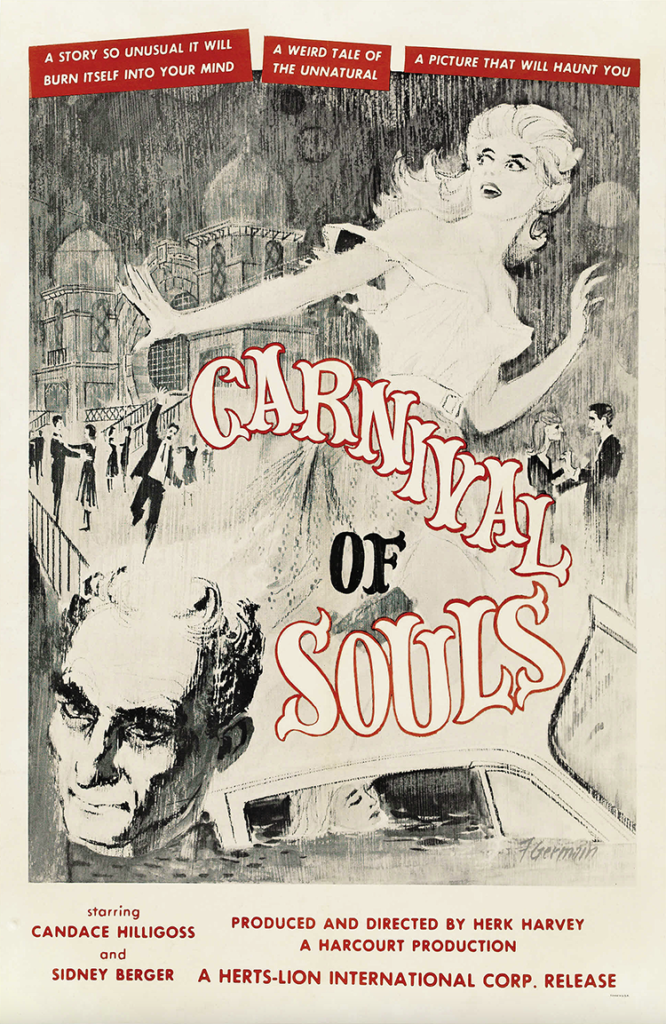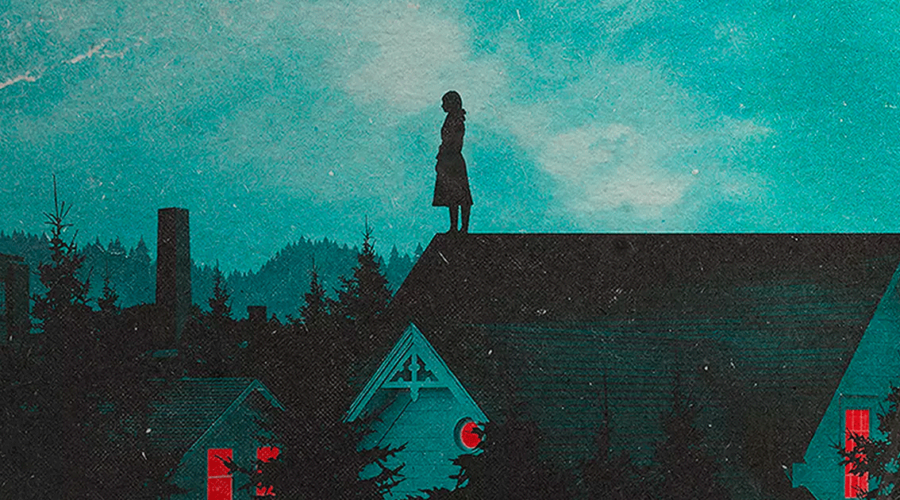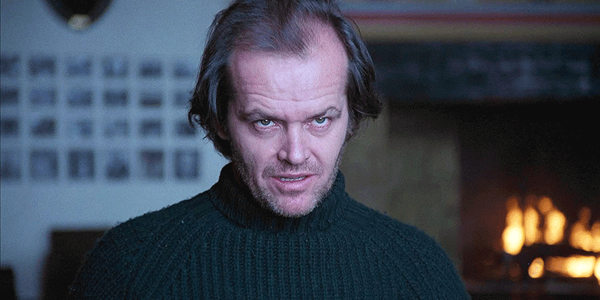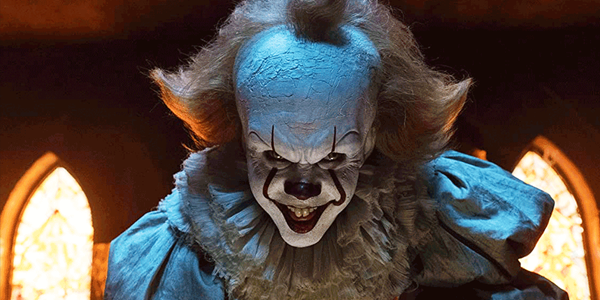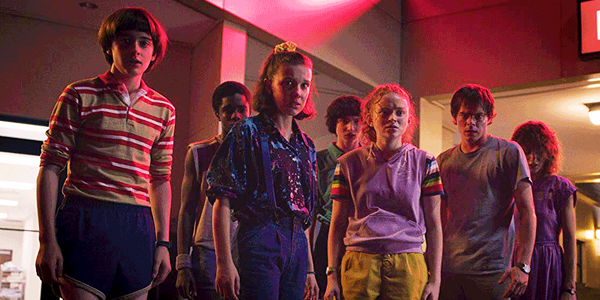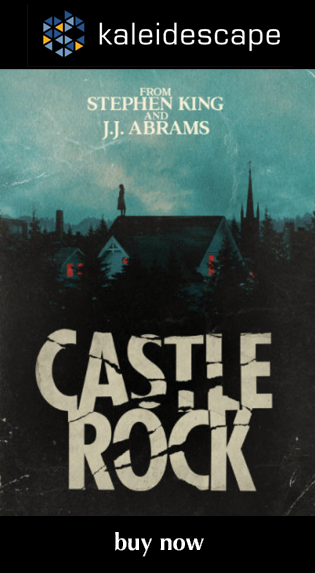Review: Three Thousand Years of Longing
ALSO ON CINELUXE
Sign up for our monthly newsletter
to stay up to date on Cineluxe
George Miller’s meditation on folklore, myth, and storytelling almost works but falls just short of its goals
by Dennis Burger
November 4, 2022
I spent most of George Miller’s Three Thousand Years of Longing consumed by thoughts of “bukimi no tani genshō,” aka “The Uncanny Valley.” The term, on the off chance you’re not familiar with it, is often used to describe our discomfort with 3D animations, especially of humans, that are almost lifelike but just miss the mark. And indeed, there’s a lot of 3D animation in this film that’s almost excellent, but that’s not the main reason I struggled so much.
Instead, I think it’s because Miller almost made a really wonderful film here but dropped the ball in a few key areas. For one thing, Three Thousand Years of Longing purports to be a story about the value of storytelling. Indeed, it’s an adaptation of A.S. Byatt’s excellent short story, The Djinn in the Nightingale’s Eye, from the collection of the same name.
The thing is, if you’re going to tell a tale about the power of tales, then the tale you’re telling needs to be powerfully told, and there’s just something a little too detached about the way Miller tells this one for it to truly resonate. It falls prey to its own criticisms, approaching folklore and mythology a bit too analytically and intellectually, with not nearly enough heart. This despite the fact that leads Tilda Swinton and Idris Elba give it their all. The reality is, the trappings and style of the film—combined with the way it was shot—make their best efforts seem merely almost sincere, almost heartfelt.
The biggest thing working against this film’s humanity is its visuals. Shot by an out-of-retirement John Seale at 4.5K in ArriRaw, and finished in a 4K digital intermediate, the imagery hasn’t been film-looked at all. No faux grain, no synthesized halation, just straight, pristine, impossibly sharp out-of-the-box video with a bit of color grading. And while that unvarnished look works well for the scenes in which Swinton and Elba merely sit in the same room and speak to one another, when there’s any digital effects work—and there almost always is—the shocking clarity of the picture shines a laser beam on the disquieting nigh-verisimilitude of the computer graphics.
Even the most banal FX work—a composite of Swinton’s character riding a bus through the streets of London, for example—isn’t quite stylized enough to register as intentionally stylized but isn’t quite believable enough to fool the eye. Every shot involving any amount of compositing also looks more like a popup book than a proper motion picture. But that doesn’t seem to be an intentional aesthetic choice. So we’re left with this weird middle ground where the viewer can’t quite buy into the fairy-tale reality of the story.
The one major exception is the sound. This is, without question, the best Dolby Atmos mix of the year so far and Kaleidescape presents it wonderfully. It’s an aggressive one, and I know I’m on record as not liking those, but what makes it work is that sound designer/supervising sound editor Robert Mackenzie demonstrates a masterful understanding of the way our brains process audio in the real world, and as such the mix doesn’t feel like it’s glomming to every surface of the room. Instead, it uses sound to transform the listening space.
I’ll give you just one example—one of my favorites. Early on, there’s a lecture being given in an auditorium, and the mix employs Atmos to excellent effect to recreate the acoustics of the space. But it’s not voices merely bouncing off the ceiling and the walls that makes it work—it’s the timing of such. There’s a delay between the reverberance of the ceiling and the reverberance of the rear wall that’s absolutely transformative.
Creative intermixing of sound effects both diegetic and dramatic provides some much-needed glue I wish had been mimicked in other areas of the making of the film. Had the script benefited from one more pass to reinforce the themes and trim some fat, and had the finished digital intermediate been printed to 35mm then scanned back to digital to smooth over some of the razor-sharp edges and add some organic chaos, I think Three Thousand Years of Longing could have really worked.
In its released state, though, it teeters right on the edge of “noble failure” territory. It’s not a failure, mind you. In fact, it’s one of the year’s most ambitious and fascinating major-studio releases. But the fact that it comes so close to being something special without crossing that threshold makes it incredibly frustrating.
Dennis Burger is an avid Star Wars scholar, Tolkien fanatic, and Corvette enthusiast who somehow also manages to find time for technological passions including high-end audio, home automation, and video gaming. He lives in the armpit of Alabama with his wife Bethany and their four-legged child Bruno, a 75-pound American Staffordshire Terrier who thinks he’s a Pomeranian.
PICTURE | The imagery hasn’t been film-looked at all—just impossibly sharp video with a bit of color grading, which shines a laser beam on the flaws in the computer graphics
SOUND | The best Atmos mix of the year so far—an aggressive one, but it doesn’t feel like it’s glomming to every surface of the room, instead using sound to transform the listening space
© 2023 Cineluxe LLC
